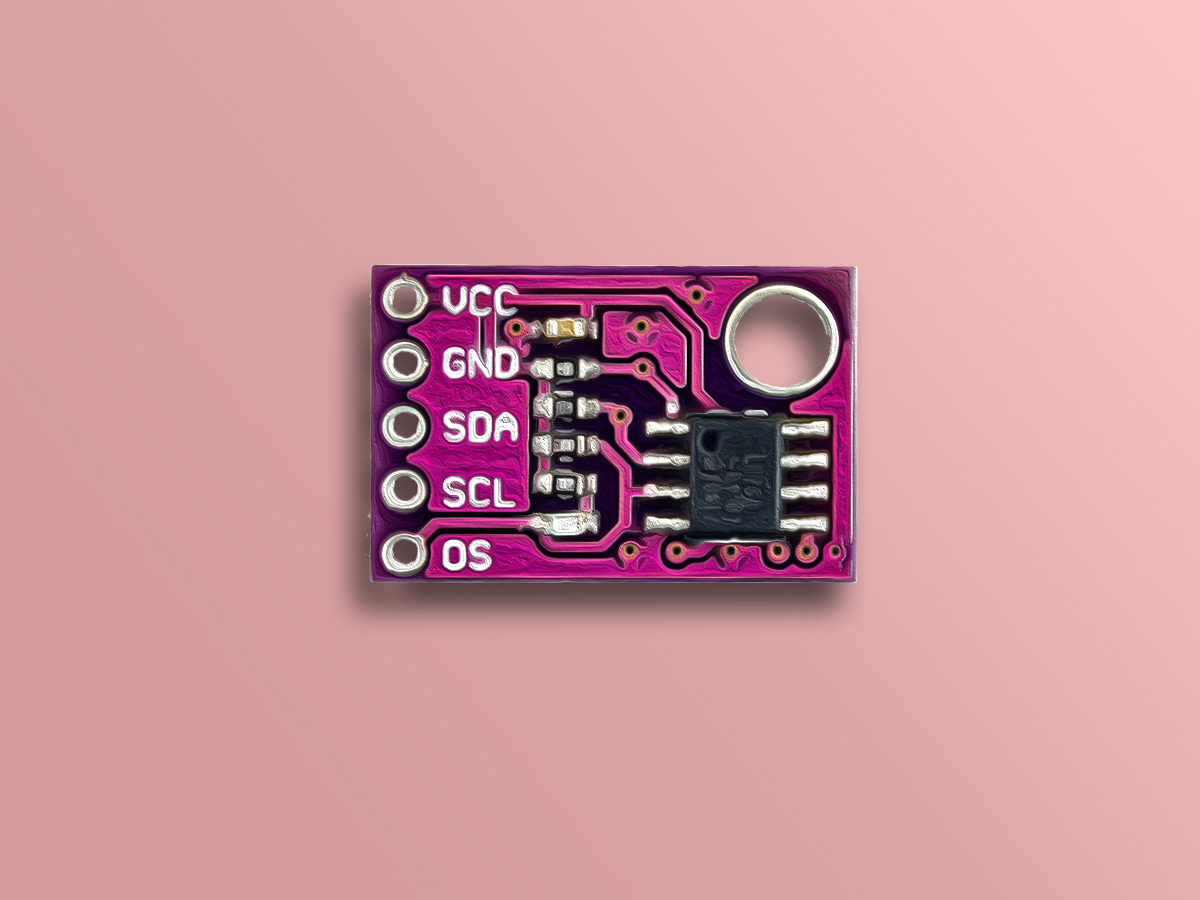

When they are open, the micro controller operates normally and executes the program you've uploaded. If they are closed, then a new program will load. These are used to shift the ESP8266 into bootloader mode. You will see two jumpers on the circuit diagram. Look at the circuit diagram in Figure 1 for the project and at details on building the first prototype in Figure 2.įigure 2: The set-up on the prototyping board. For example, measurements every fifteen minutes are perfectly fine for a private weather station. You can increase this interval of inactivity in order to save energy. Both of the ICs sleep the rest of the time. If you want to avoid using a complex power supply, make sure the semi-conductor is idle when it's not needed.ĭuring the initial test run, the ESP8266 takes one measurement each minute and transmits the results via a REST interface to the database. This makes it possible to power down the ESP8266 and the LM75 to a level where only a few microamperes are consumed. Do you really need one measurement per second or is once an hour enough? The sensor designers have also clearly given such questions some thought and have equipped it with an energy saving function. After completing these tasks, the module can then deactivate.Ī different Address space, otherwise constructed identically to the PCF8574Īs such, try to work out how many measurements you actually need. A much more elegant and economical solution is to switch on the module for 1-2 seconds at a time, during which the sensor will identify and transmit the measurement values.

If you run the sensor continuously, you'll need a battery that can supply this. While operating, the ESP8266 consumes up to 200 milliamperes. These include limiting the pull up resistors to tunneling with CAN bus drivers.Īs you read through this project, remember the sensor is battery powered. There are several ways to increase the range of the I2C Bus. It does so at a speed of between 100 kbit/s bidirectionally (default) and 5 Mbit/s unidirectionally (Ultra Fast Mode). The Component Examples table contains some example values. You will find the potential addresses for each component in its data sheet. Usually you are only able to select the three lower bits of the addresses for clients. There are 16 reserved addresses, so a total of 112 remain available. The bus has a 7 bit address range which allows for a maximum of 128 devices. The busmaster always initiates communication. Both of these lines are pulled via pullup resistors to a positive potential. These include the data line SDA and the clock line SCL.
#Arduino i2c example lm75 serial#
The serial I2C data bus is intended for communication over short distances i.e.


 0 kommentar(er)
0 kommentar(er)
